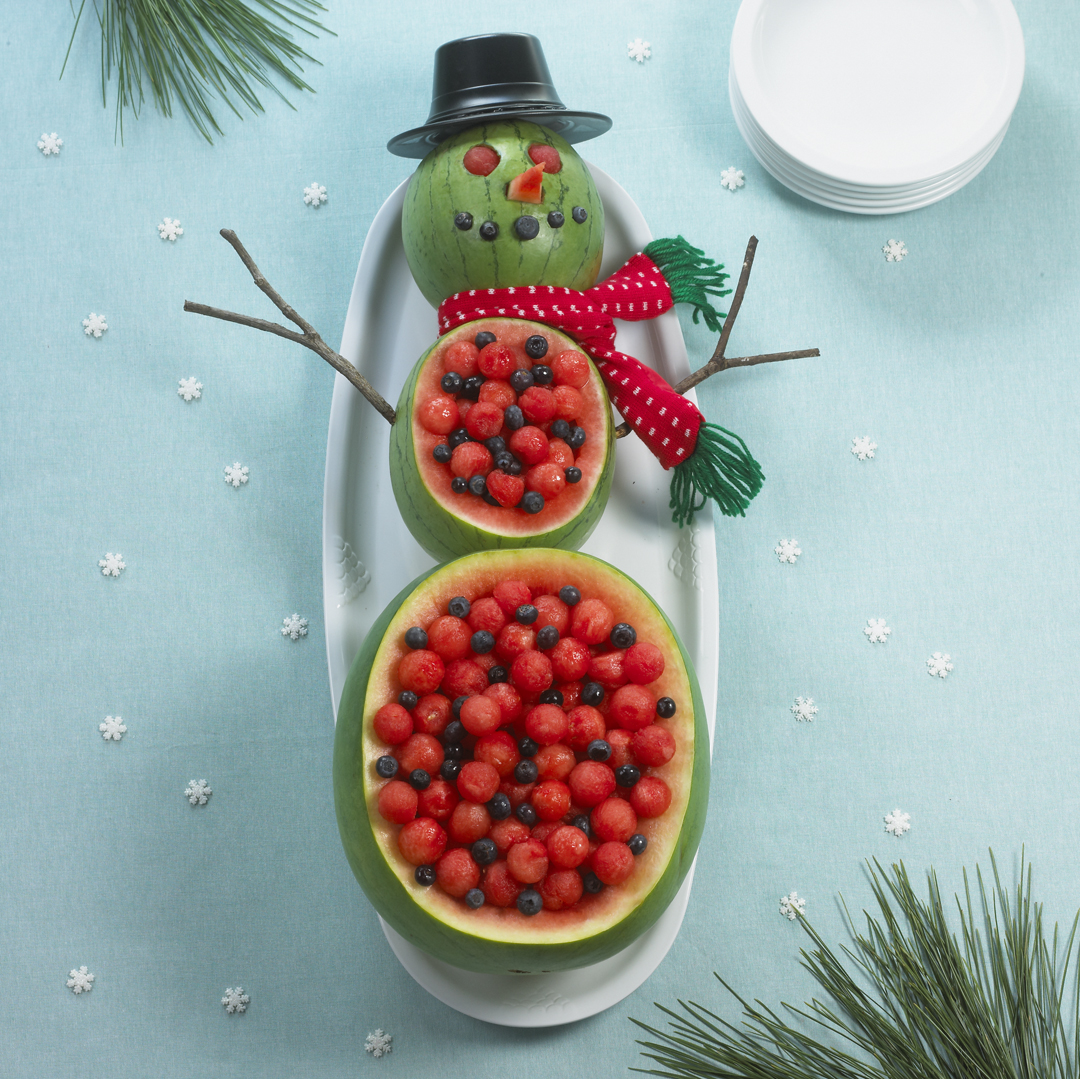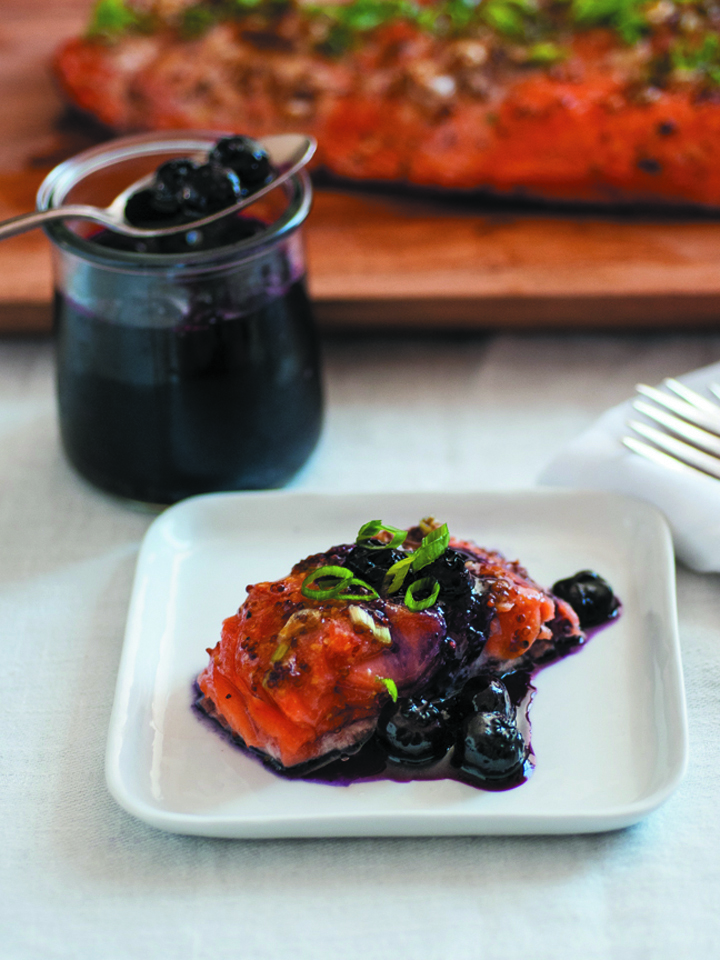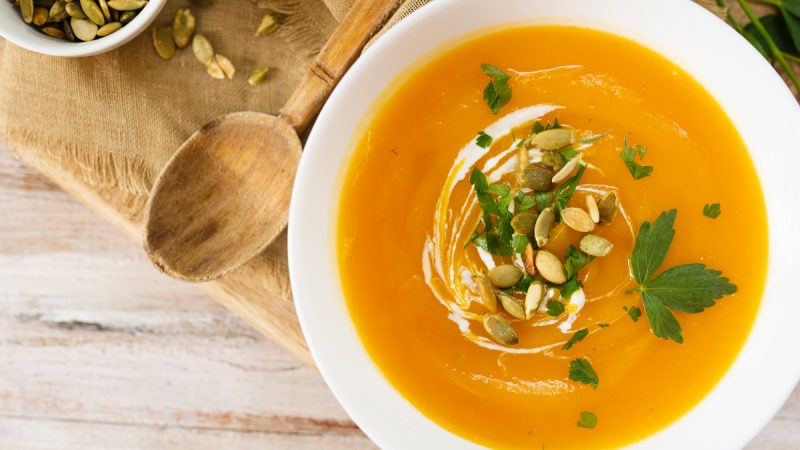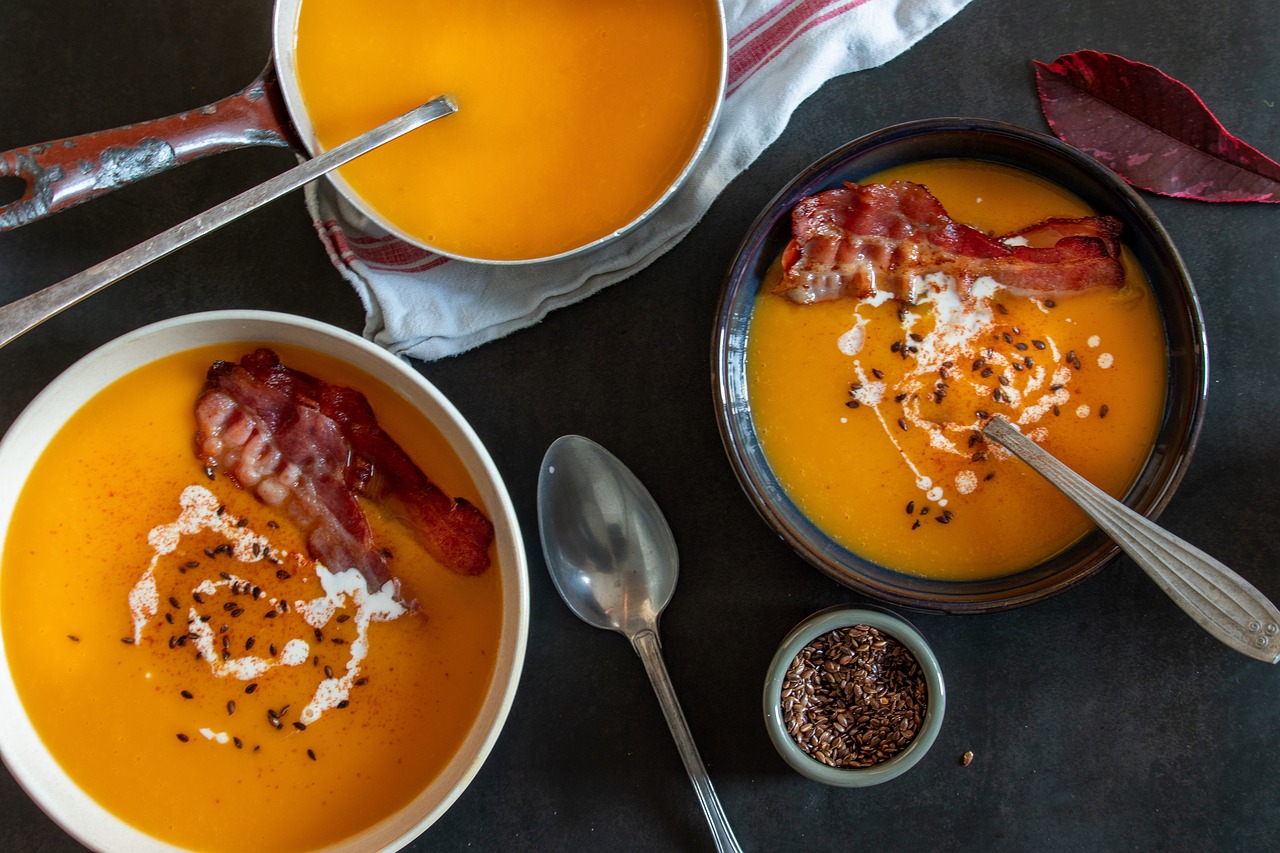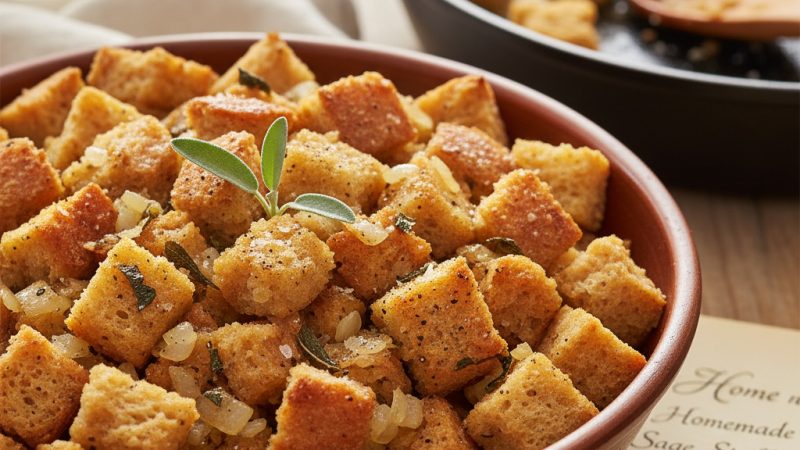How to Spice Cauliflower
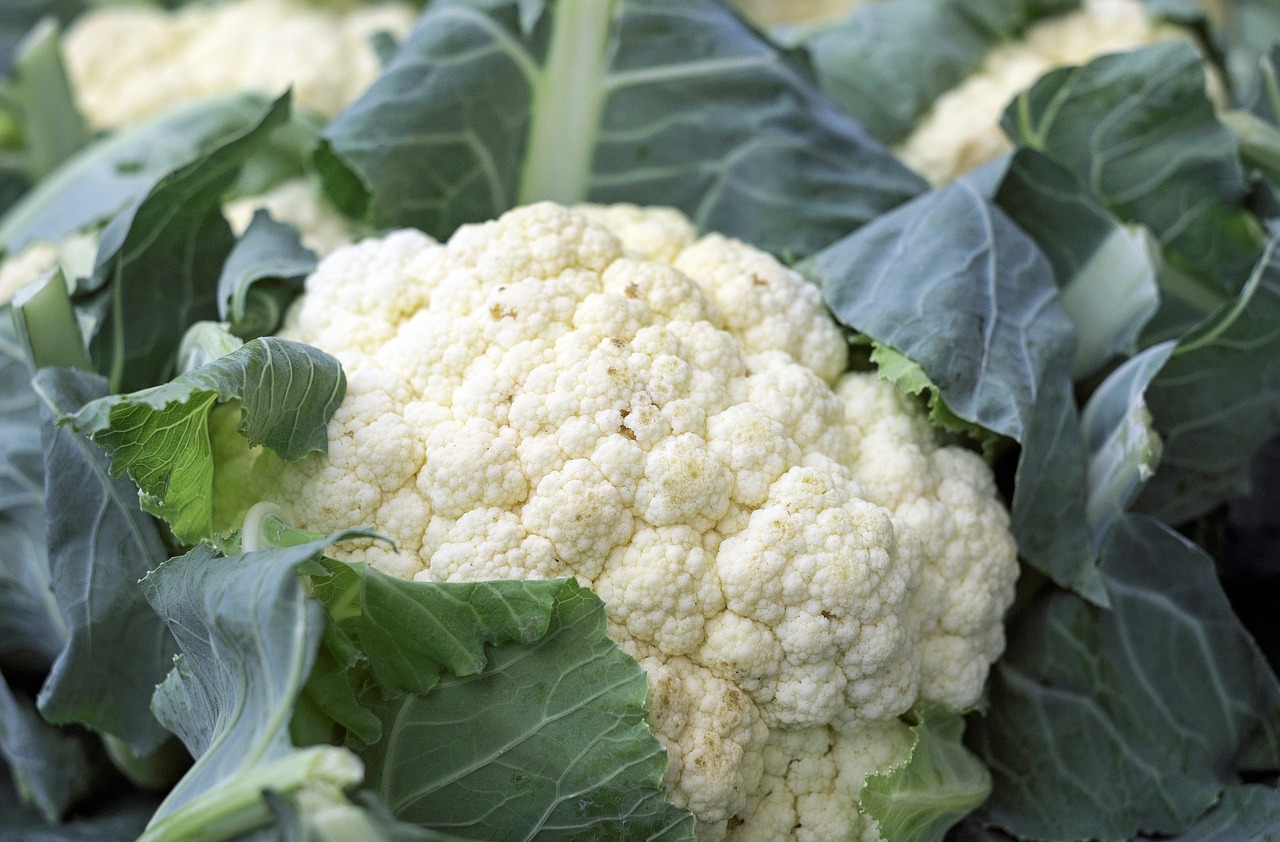
Easy Recipes for Healthy Flavorful Eating
Like broccoli, kale, cabbage and collard greens, cauliflower is a cruciferous food. What that means is that it is especially good for building up the immune system. It contains a large variety of vitamins and nutrients, including the anti-inflammatory vitamin K. As if that wasn’t enough it has lots of fiber. The only down side is that it contains elements, as do most vegetables, that aren’t compatible with people who suffer from gout or kidney stones. If this is the case, you might want to keep track of your intake.
When shopping for cauliflower heads or curds, more leaves often means fresher. This is because the leaves tend to protect the florets. Size has nothing to do with quality. Heads should be tightly packed and closed. Avoid the brown spots on the florets and keep it stored so that the stem points down. They should last about a week in the refrigerator.
Because cauliflower tends to taste rather bland, it is ideal for mixing with a variety of spices and herbs. The most common ones that flatter the taste include garlic, fennel, rosemary, onion and pepper. Cheeses, especially Parmesan, and mustards also go well with cauliflower. Don’t feel limited in your choice, as this is a great food to experiment with. Curry powder, rosemary, ginger, nutmeg and the Italian spices are also fair game.
Today one of the more popular ways to prepare cauliflower is by roasting it in the oven at about 400 degrees Fahrenheit for 25 to 30 minutes. You can cut the time by cutting the florets into smaller chunks. Add olive oil, minced garlic and some ground fennel in a bag and toss in the florets before roasting, as if you were flouring a chicken before frying. Add pepper and a bit of cayenne if you like it hot.
I prefer stir-frying the spiced florets and cooking them on the stovetop. It is quicker, and I think you can better determine the crispiness of the vegetable. I like a little crunch in mine. Add a little lemon juice to keep it looking fresh. Cooking by boiling depletes the nutrients by as much as 30%, so even microwaving is a better preparation choice.
If you happen to overdo your cauliflower, don’t worry. Just add some beans or barley, a stalk or two of sliced celery, some onion and make a soup with it. Place the overcooked florets in a blender. You can thicken the soup using milk and flour, as if you are making gravy. Cheese will also help with thickening. I like using arrowroot, because it has no taste and mixing it in a little water and adding it to the soup thickens it quickly.
If you’re on a budget or in a time crunch, add cauliflower to ramen noodles to make a heartier broth type soup. The little spice packets with the ramen, usually has MSG (monosodium glutamate) in it as a flavor enhancer, so I spice the ramen soup from scratch. I like to add mixed vegetables for a healthier meal.
You can cook cauliflower in a slow cooker, but it takes about half as long as most meats. So either chop up chicken in finer bits or use finely broken up ground beef. Or add larger florets to the meat and check after about 4 hours. Or keep all the ingredients the same size and about half way through the cooking cycle of 6 to 7 hours add the florets to the pot. It’s all in how you like to cook.
No time like the present to eat healthier. And contrary to popular belief, healthy doesn’t have to mean bland. Doctor up your veggies with spices and herbs that will give you a whole new appreciation for food that once seemed rather boring.
The Author:
Copyright 2011 by Linda K. Murdock. Linda Murdock is the best-selling author of A Busy Cook’s Guide to Spices, How to Introduce New Flavors to Everyday Meals. Unlike most spice books, you can turn to a food, whether meat, vegetable or starch, and find a list of spices that go well with that food. Recipes are also included. To learn more go to http://bellwetherbooks.com
Photo. Couleur

